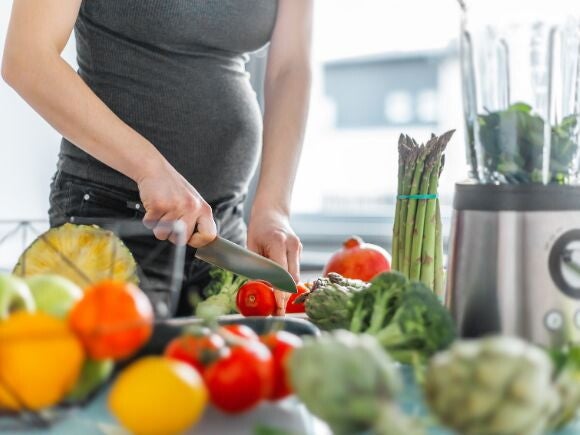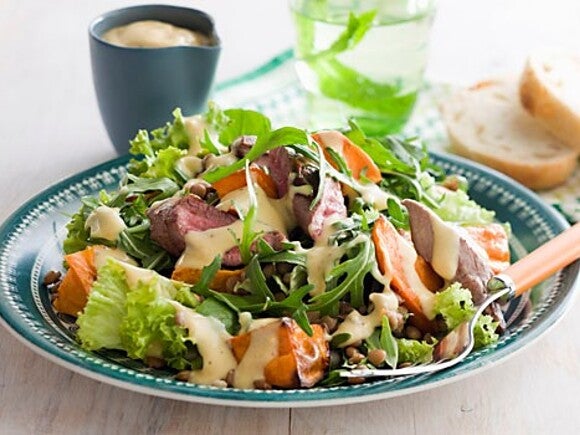BABY DEVELOPMENT
The lungs of your baby are getting ready, and not only for that first post-birth cry! The substance that lines the inner surface is increasing to ensure their flexibility and prevent the lungs from collapsing. Exchanges between you and the placenta continue. That’s what helps maintain the volume of amniotic fluid, contained in what is called the amniotic sac. When your little one’s appearance is imminent, it sometimes will break, also known as “water’s breaking” – your sign to call the hospital!
At 35 weeks, your baby is around the size of an eggplant and their lungs are ready for birth, and that very first heartwarming cry when they are born.
YOUR BODY
From one day to the next, you may be breathing more freely and noticing that if you had indigestion, it seems to be improving. What’s going on? It’s simple: your baby is doing what it needs to do. They have moved their head downwards into your pelvis, giving your lungs and stomach a bit more space. In the last weeks of your pregnancy you may have the feeling that your body is beginning to prepare for your little love’s birth.
NUTRITION
Now is definitely not a time to avoid fats in the diet, it’s more a case of choosing the right ones. Omega 3 DHA (docosahexaenoic acid), is a healthy fat that participates in the structure of cell membranes and, in particular, the brain and eye. These important Omega-3 fatty acids are found primarily in fatty fish such as salmon, but can also be found in flaxseed and canola oils, walnuts and walnut oil, and wheat germ. As you eat these foods, the healthy fatty acids are passed to your baby providing benefits to you both.
TIPS
As your pregnancy winds up, some women wonder if they’ll even be able to breastfeed. Know that breastfeeding is the most natural thing in the world and your little one already knows exactly what to do, having already practiced sucking and swallowing while in the womb. And if you ever have difficulty getting it off the ground, there’s loads of help around. Your milk automatically adjusts to your baby’s needs. At the start of the meal, the milk is thin and watery so as to quench baby’s thirst. Then it gets thicker and richer to satisfy your baby’s appetite. If your child develops a bigger appetite, your body will quickly adjust and produce more milk. Amazing!








